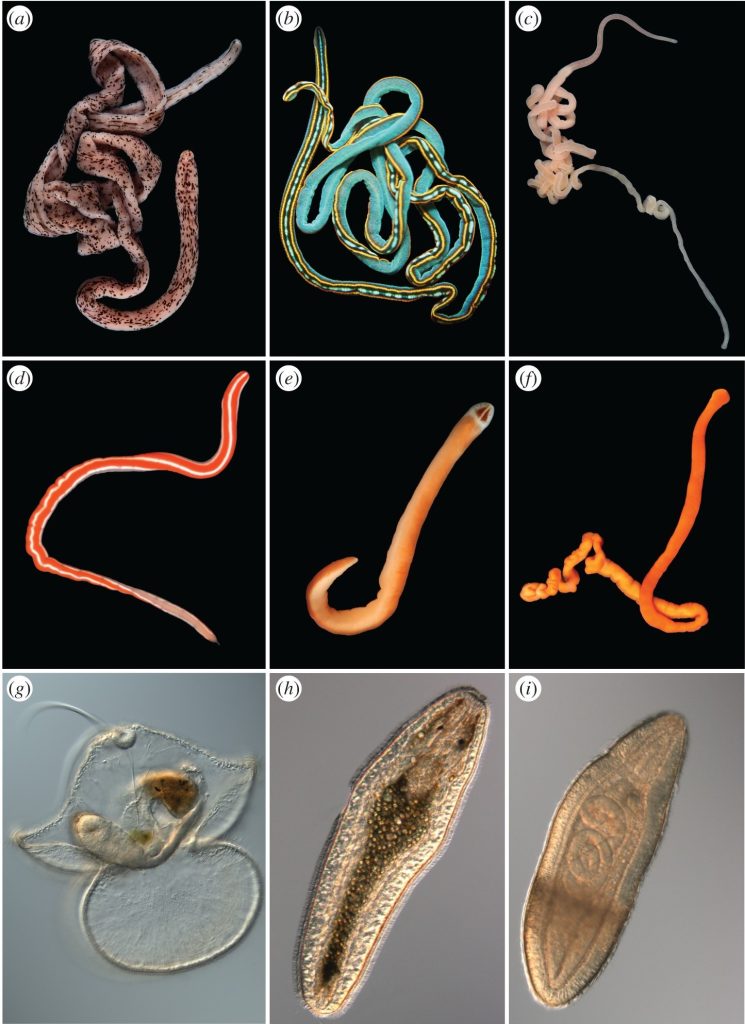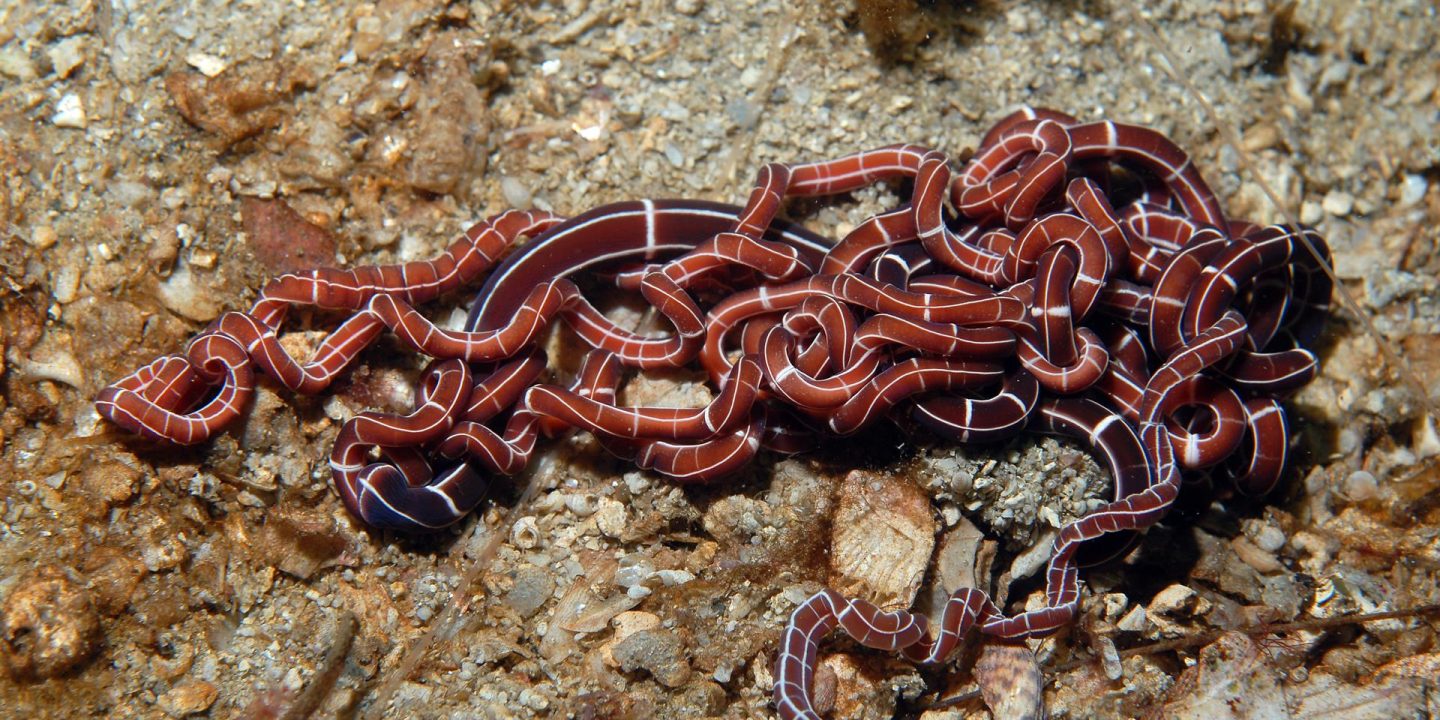Another paper I really enjoyed reading this year was “Sampling multiple life stages significantly increases estimates of marine biodiversity”, published last April by Svetlana Maslakova and her colleagues.
They argue that most surveys of marine life underestimate the total number of species because they rely almost entirely on sampling adult organisms and tend to be limited to accessible habitat types and individuals. Many marine animals have a planktonic larva stage, which is often overlooked, and the authors hypothesize that it can be used to relatively rapidly document diversity, especially for rare, hard to sample adult species.
The study focused on nemerteans, also known as ribbon worms, predatory marine invertebrates belonging to the phylum Nemertea. Most of the species of these worms seem to have planktonic larvae (Figure 1), so the authors used these animals to test their hypothesis, collecting more than 1000 specimens in 17 years.

They showed how adult and larval diversity of nemerteans analyzed by DNA barcoding compares in three different parts of the world revealing that, even in well-sampled regions, adult and larval collections appear to represent different faunas. They also highlight the challenges of documenting marine biodiversity, even for macroscopic invertebrates, like most nemerteans, and discuss the use of eDNA in biodiversity assessments.
They conclude that each life history stage contributes its own subset of species to biodiversity counts, and the subsets are only partly overlapping. Sampling planktonic larvae gives access to different species, significantly increasing estimates of biodiversity compared to sampling adults alone.
This paper made me wonder if we are overlooking a significant part of the nemertean diversity in Norway. In our Artsdatabanken project we’re only studying animals that live in the marine algae belt, but perhaps we could find other species if we started looking in the water column as well.
If you want to learn more about the fascinating ribbon worms, you can read a bit about them here and stay tunned for next year’s Group of the Month!
Reference: Maslakova, S., Ellison, C. I., Hiebert, T. C., Conable, F., Heaphy, M. C., Venera-Pontón, D. E., … & Collin, R. (2022). Sampling multiple life stages significantly increases estimates of marine biodiversity. Biology Letters, 18(4), 20210596.
![]()
